How is artificial coffee made? Finnish scientists use "agricultural cells" to cultivate the first cup of artificial coffee
Finnish scientists have successfully cultivated the first cup of "artificial coffee" using "cell agriculture" in a laboratory production in Finland, the Finnish National Technical Research Center (Technical research Centre of Finland,VTT) said on September 15.
Heiko Rischer, head of the Finnish Research Institute (Technical research Centre of Finland,VTT), said: because there are more and more challenges in growing coffee in traditional agriculture, we want to use biotechnology to replace traditional agriculture in coffee production.
According to a report released by Statista:
The Coffee market worldwide-statistics & facts report, released in February 2021, shows that a total of 170 million bags of coffee weighing 60 kg each were produced in 2018-2019, the highest coffee production so far in the marketing year, implying that 10.2 million tons of coffee were produced in 2018-2019.
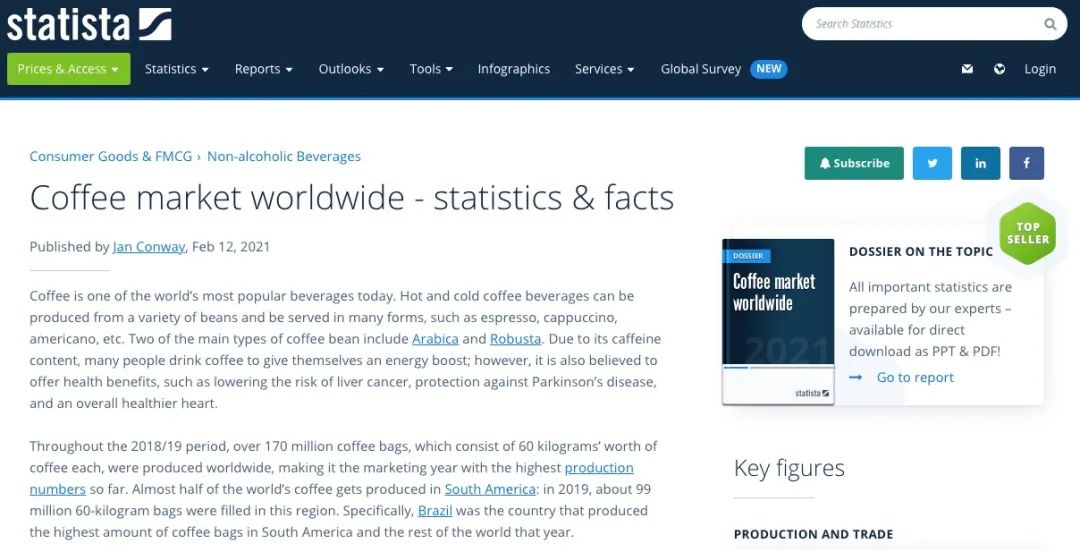
In addition, according to the United States Department of Agriculture (United States Department of Agriculture), global coffee production has shown an upward trend in recent years, with a 4.14% year-on-year increase in global coffee production in 2020 compared with 2019. However, due to factors such as coffee acreage and suitable natural climate, the sustainability of traditional agricultural coffee cultivation has been hit, unable to meet the growing demand for coffee. Growing coffee in the laboratory may help to solve the problem of soaring coffee demand in a sustainable way. Going back to the subject of "cellular" coffee, in fact, the technology of growing coffee in the laboratory is basically the same as "artificial meat", and it is even easier and cheaper to grow coffee than beef. The so-called "cultivating coffee" means that the cells of coffee plants are cultured in the laboratory and then grow through the culture medium. this whole research and development process needs to be shared by scientists in various fields such as plant biotechnology, chemistry and food science.
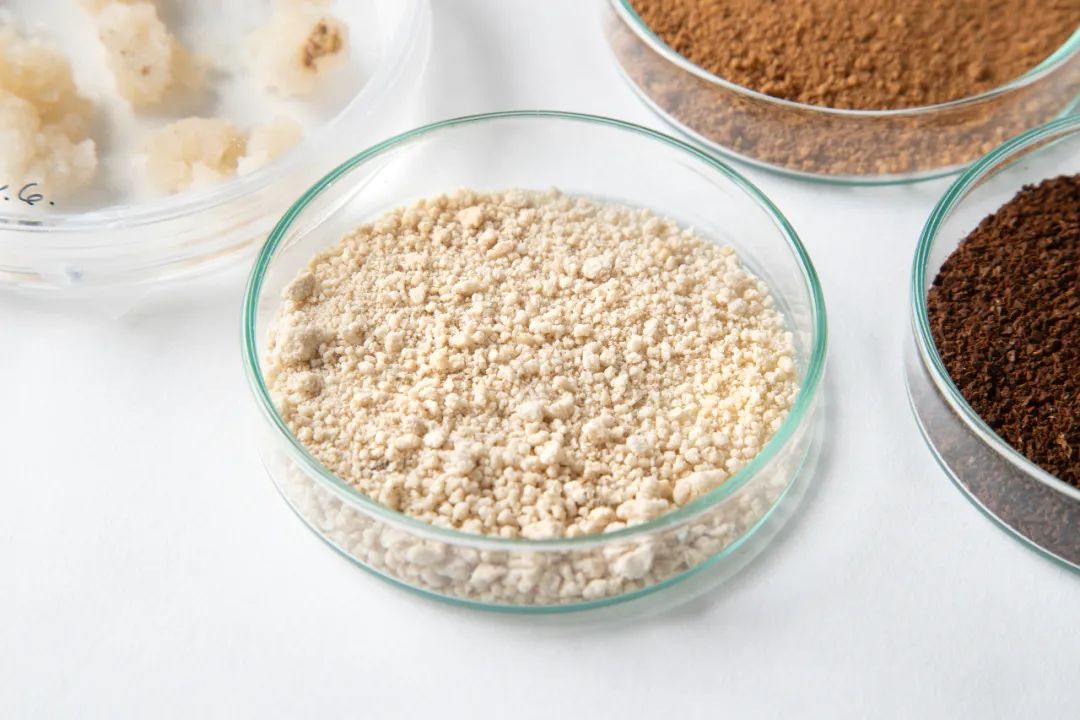
According to relevant reports, the coffee cells cultivated by Finnish scientists need to obtain the cell line of plant cells in the laboratory, and then put the cell line into a nutrient-rich bioreactor to harvest biomass, which will be dried, roasted and fermented to form coffee that can be brewed.
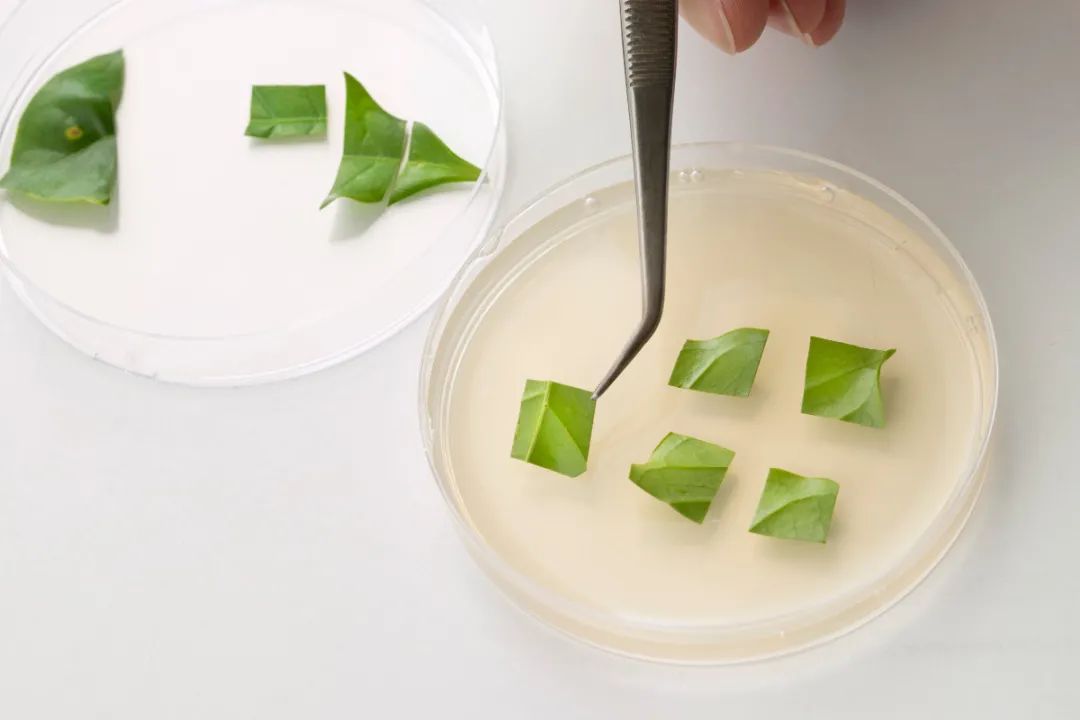
Arabica coffee cultivated with small fruit coffee leaves
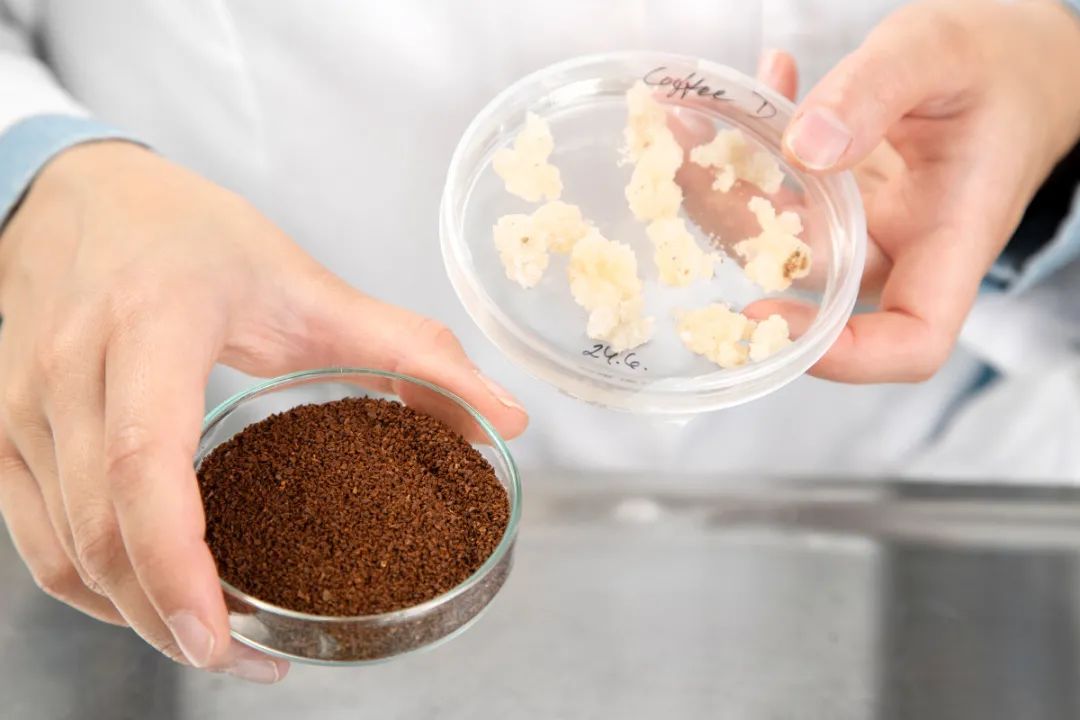
Because plant cells can grow freely and be suspended in the medium, it is easier to scale up, says Rischer of Coffee Haike, which is grown from plant cells in the VTT laboratory in Finland. In addition, cell cultures of different coffee varieties can be established, and coffee with completely different characteristics can be produced by modifying the roasting process. After tasting the first cup of "cell" coffee, the Finnish research team said: the first batch of "cell" coffee smells and tastes like traditional coffee.
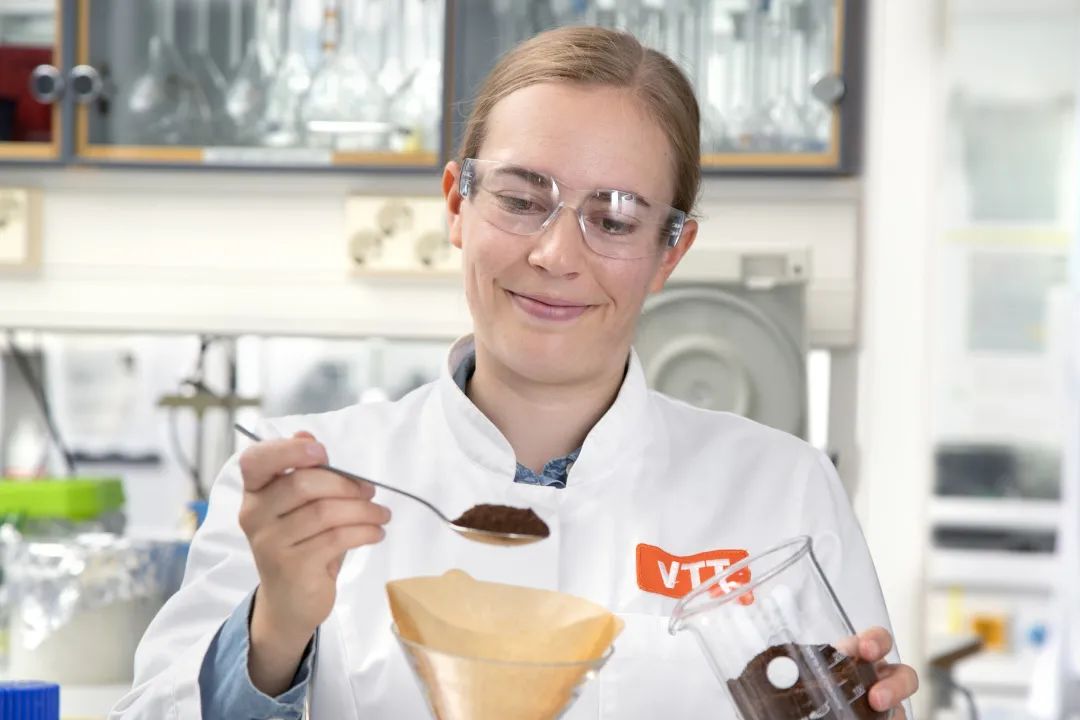
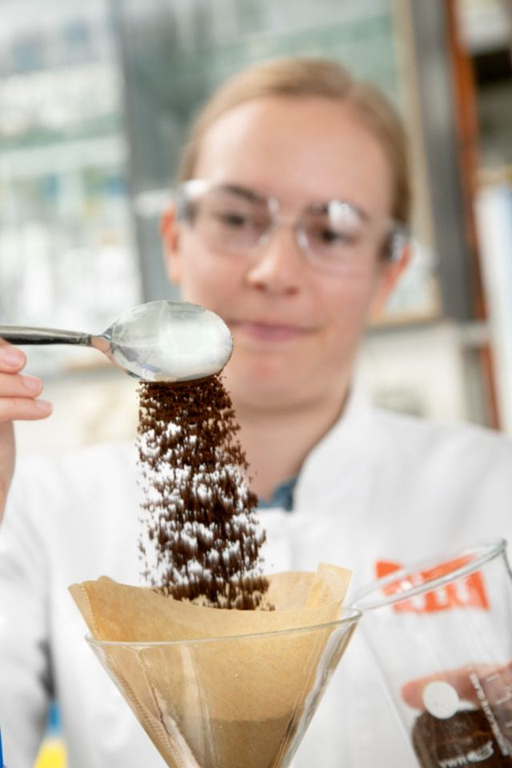
Although cultivated coffee is produced in a nutritious medium, the taste of "cellular" coffee is no different from that of ordinary coffee. Haike Rischer said: the plant "cell" coffee breed in the laboratory is Arabica coffee (Coffea arabica), which is no different from ordinary Arabica coffee in aroma and taste. The research team is currently trying to make laboratory-grown coffee available for production, but news from VTT shows that so far VTT's "cellular" coffee is only an experimental drink and still requires FDA regulatory approval to sell it to consumers. "in the most optimistic scenario, it will take four years for the approval process for cell-grown coffee to be approved," says Heikorisher. " * Photo Source: VVT Statista for more information on coffee beans, please follow the coffee workshop (Wechat official account cafe_style) professional coffee knowledge exchange, please add Wechat account kaixinguoguo0925
Important Notice :
前街咖啡 FrontStreet Coffee has moved to new addredd:
FrontStreet Coffee Address: 315,Donghua East Road,GuangZhou
Tel:020 38364473
- Prev
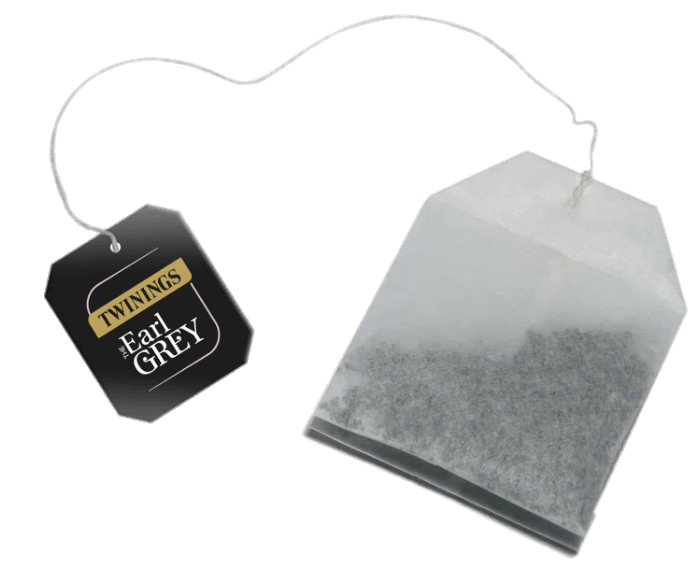
What's the difference between an ordinary flat tea bag and a triangular tea bag? Introduction to the origin story and development history of the invention of tea bag
"so far, it is very common to make tea. Put some tea in the teapot, and then pour some hot water in the teapot. This practice is that a considerable amount of tea is prepared for the use of the supply of tea, tea, if not directly used, quickly becomes outdated or not fresh enough, so it is not satisfactory, so most of the tea is often accurate.
- Next

Men release insects to touch porcelain, many milk tea shops sentenced to serious food safety problems in milk tea shops
Men to well-known milk tea shop "start" and sentenced from time to time there will be tea shop food safety hygiene hot search, October 8 tea hundred "real spider" milk tea, September 30 tea hundred use expired raw materials, this type of food safety problems and brand issued apology statement, every once in a while can be
Related
- Why can American refills for free? The difference between Americano and American drip pot coffee
- Being chased out of the rain in front of Starbucks?! Store: Sheltering from rain under umbrellas poses a safety hazard
- The white moonlight has changed?! Lucky launches "Big Winter Pear American"
- Hand-brewed coffee three-stage method, high-sweet and universal brewing method to share! What does the high sweet water level of hand-brewed coffee mean?
- What is the difference between raw, refined and full espresso coffee? How to extract espresso and taste good?
- A complete list of coffee bean names and their meanings! What is Yejia Shefi coffee? Where is Mantelin coffee?
- What grade does Arida Manor Kaduai coffee beans belong to? What treatment is Arida ASD slow anaerobic sun exposure?
- The milk tea cup becomes smaller?! Overlord Tea Girl launches a new "Return to Yunnan" series
- Accused of selling counterfeit and high-priced coffee beans! Well-known boutique coffee brand "Oukelao" bowed and apologized!
- How to make espresso dumplings? Can I eat coffee and glutinous rice balls together?

